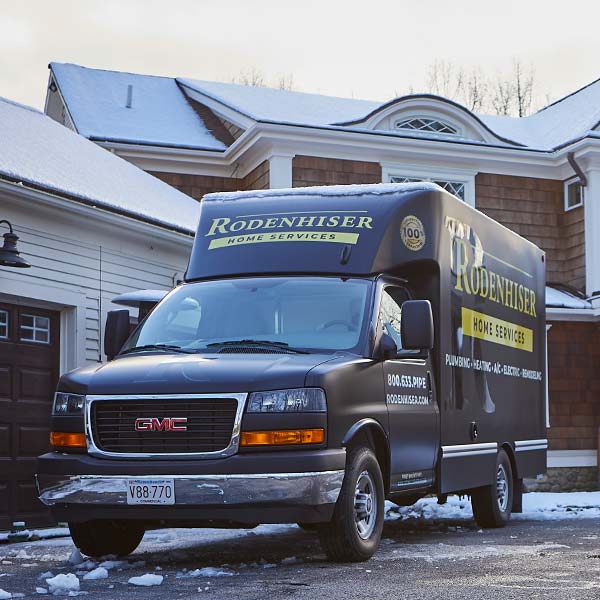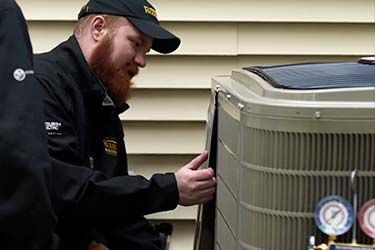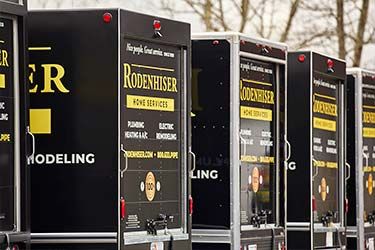



Massachusetts residents have many different heating options, from high-efficiency condensing furnaces to heat pumps. But one option that's not always mentioned is radiant floor heating – and radiant heat has a lot to offer.

Furnaces and heat pumps both work by heating air and circulating it through the living areas. While this will get the job done, it has a number of weaknesses as a heating strategy:
Radiant floor heating avoids all of these inefficiencies. By installing hydronic (hot water) or electric heating in the floor itself, you'll get an even, steady distribution of heat without having to worry about vent placement.
Because floor heating introduces heat into rooms directly, you don't have to worry about dust or allergens being blown through the air. And many systems allow you to control the heating room by room, something which – with the exception of zoned heating systems and ductless mini splits – forced-air heating systems have trouble with.
Best of all, you'll never have to worry about stepping out onto a cold floor during winter. And because heat steadily rises from the floor up through the vertical living space, you don't have to worry as much about all your heat escaping to the ceiling. Floor heating can offer a new dimension of home comfort.
To learn more about how radiant floor heating can work in your home, contact us at Rodenhiser Plumbing, Heating & Air Conditioning.
Image via Shutterstock.com





Both Alex and Patrick were knowledgeable, courteous, and professional. They made a change that might have solved the recent problem and have structured a more complete solution. We agreed to this...
Mike was thorough, thoughtful and considerate. Covered their shoes before entering, surveyed my issue and provided an explanation of the services and costs. Great Job!
Alex did a great job providing an explanation of the services provided and went out of his way to offer assistance/advice on other issues outside of our scheduled maintenance visit.
Brian did an excellent job inspecting our 18-year old boiler and replacing some of the accessory hardware that needed it, he also adjusted the outgoing hot water settings for our radiators and...
Rodenhiser is my one stop shop!!! They take care of my HVAC, electrical, and plumbing issues & are always helpful addressing any questions I may have about the systems in my house! Everyone...
Chris G. and Nick V. showed up bright and early at 8am to fix my water heater issue. They were on time, polite and were able to fix an issue that has been plaguing my house for a good year. They...
When you are looking for plumbing, electrical, heating or air conditioning in the Route 495 / 128 area, you will be delighted that you called Massachusetts' trusted choice since 1928.
With a total dedication to professional workmanship and excellent service, discover why families and businesses continue to trust Rodenhiser after generations of service







